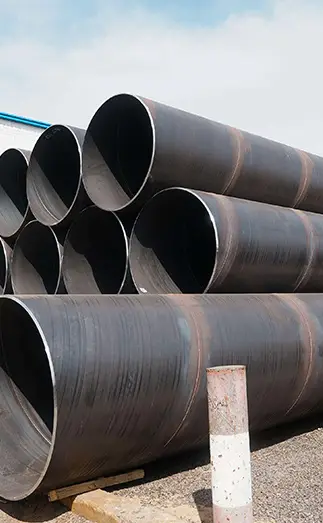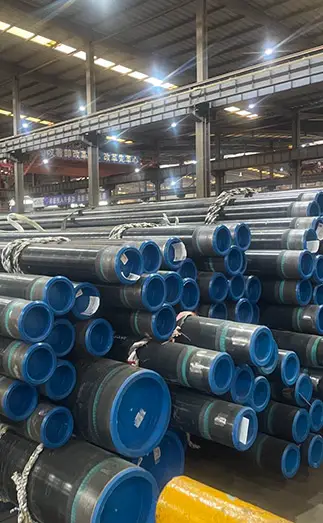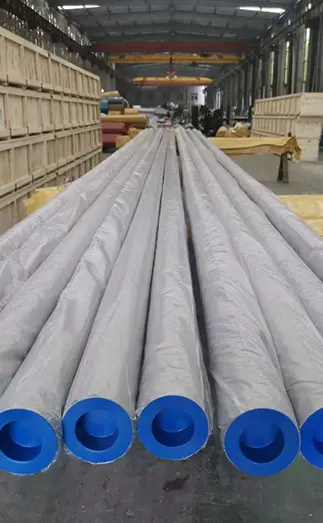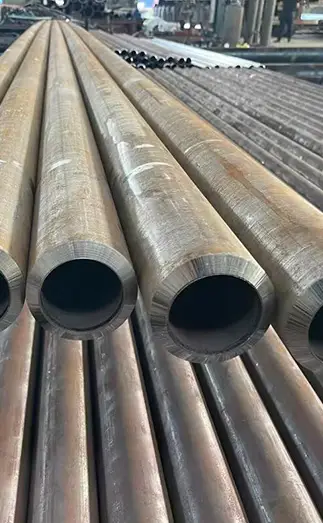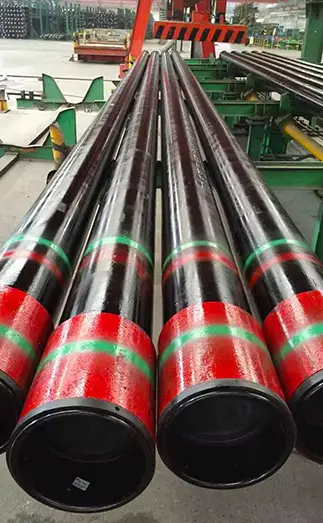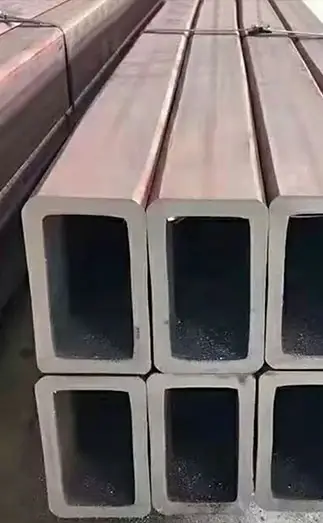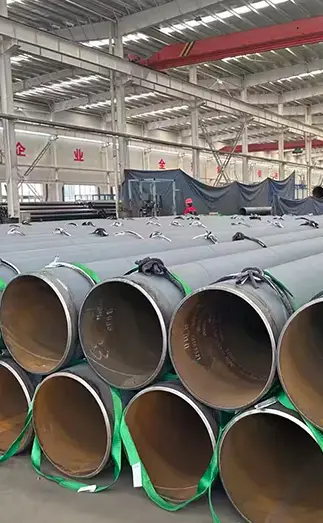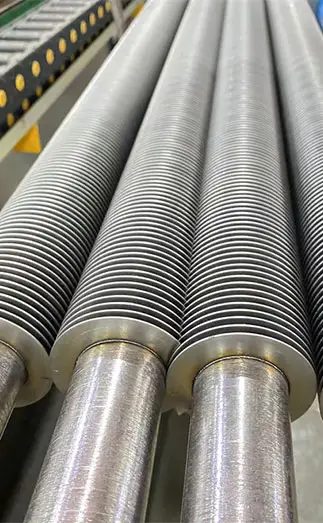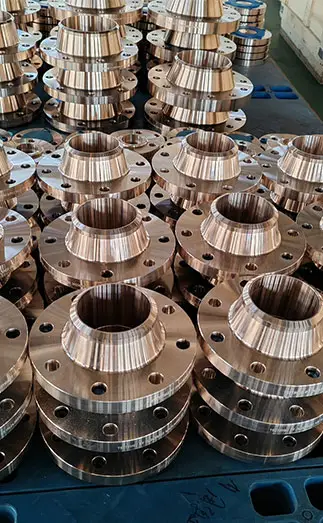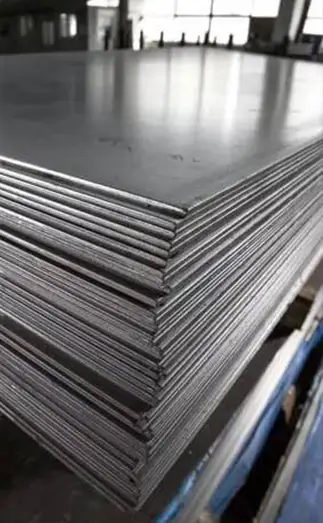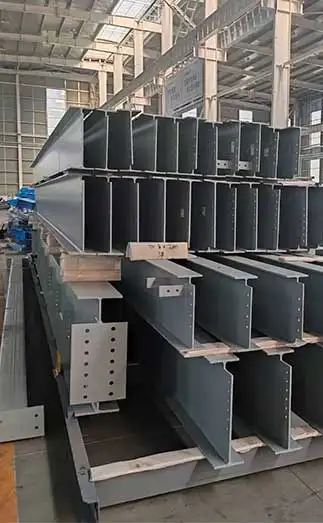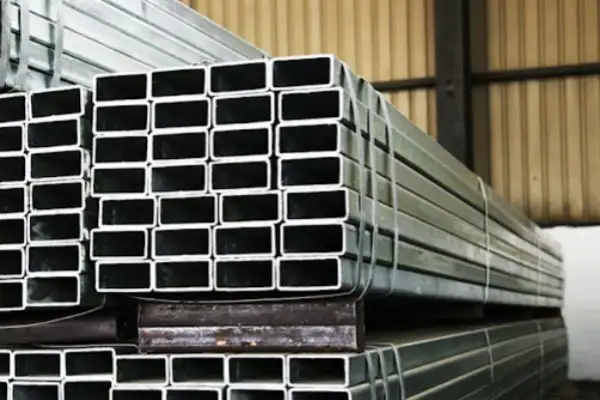Seamless carbon steel pipes are essential components in a wide range of industrial applications. Manufactured from high-quality carbon structural steel through processes such as perforation, hot rolling, cold rolling, or cold drawing, these pipes are characterized by their uniform, weld-free walls and dense internal structure. This gives them superior mechanical strength and pressure resistance. Available in a broad spectrum of sizes—with outer diameters ranging from a few millimeters to over a meter, and wall thicknesses customizable to meet specific needs—understanding the density of seamless carbon steel pipes is key to selecting the appropriate product for different engineering demands.
Super Steel Manufacturing Co.,Ltd is professional seamless carbon steel pipe manufacturer, for more details, please contact:sales@super-steels.com
What Is the Density of Seamless Carbon Steel Pipe?
Density is defined as the mass per unit volume of a substance, commonly expressed in grams per cubic centimeter (g/cm³). In steel manufacturing, the density of a seamless carbon steel pipe refers to the amount of steel mass contained within a given volume of pipe. This value can vary depending on the material composition and structural characteristics of the steel.
Why Density Matters in Seamless Carbon Steel Pipes
Material Selection
Understanding pipe density allows engineers to choose the most suitable material for specific applications. Since density correlates directly with pipe weight, it affects transportation, handling, and installation. For projects that require lightweight structures—such as high-rise buildings or mobile platforms—selecting pipes with a lower density can be advantageous.
Structural Design
In civil and industrial construction, seamless carbon steel pipes serve as core load-bearing elements. Accurate density data help engineers assess a pipe's contribution to a structure’s overall load capacity, stiffness, and stability. Generally, higher-density steel correlates with increased strength and durability, making it ideal for high-stress environments.
Performance Prediction
Density is a fundamental physical parameter that influences a pipe's performance under varying operational conditions. By knowing the density, engineers can better predict behavior under high temperatures, cryogenic environments, or extreme pressures—crucial for designing safe and efficient systems.
How Is Density Measured?
Experimental Methods
Water Immersion Method: This classic method involves submerging the steel pipe in water and calculating its volume through buoyancy, then determining density using mass-to-volume ratio.
Gas Displacement Method: Uses gas buoyancy to determine the volume of the object, offering more precision for smaller or irregularly shaped samples.
Theoretical Calculation
Based on the steel's chemical composition and atomic arrangement, theoretical density can be estimated—especially useful during the design phase or material selection when physical samples may not yet exist.
Factors Affecting the Density of Seamless Carbon Steel Pipes
Chemical Composition
The proportion of carbon and alloying elements (e.g., manganese, chromium) significantly influences the steel’s density. Higher carbon content generally leads to a denser material.
Crystal Structure
The atomic lattice configuration of steel also plays a role. Tighter, more stable structures typically result in higher densities.
Manufacturing Processes
Processes such as stretching, cold drawing, or heat treatment can alter microstructure and density slightly by introducing residual stresses or modifying grain structures.
Practical Applications of Density in Industry
Oil and Gas Sector
Seamless carbon steel pipes are widely used in transportation pipelines for oil and natural gas. Understanding their density ensures optimal selection for safe operation under high-temperature and high-pressure environments.
Construction Engineering
In structural applications—like columns, scaffolding, and load-bearing frameworks—selecting the appropriate density helps balance strength with material efficiency.
Automotive Manufacturing
Automotive engineers use seamless steel pipes in chassis and structural components. Lower-density pipes help reduce vehicle weight, improving fuel efficiency and dynamic performance.
Conclusion
Density is a critical metric in evaluating and applying seamless carbon steel pipes. It influences key parameters such as weight, mechanical strength, stability, and performance under stress. By understanding this property, engineers and procurement specialists can make more informed decisions, optimize material usage, and enhance overall project reliability and efficiency. Given its fundamental impact on engineering performance, the density of seamless carbon steel pipe warrants thorough consideration in every stage—from design and material selection to final application.



 English
English Español
Español Français
Français بالعربية
بالعربية